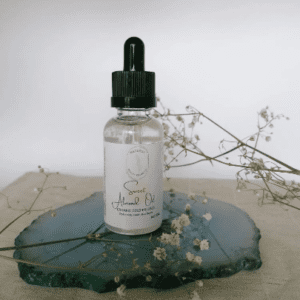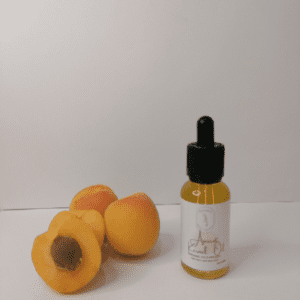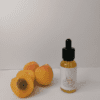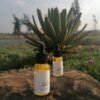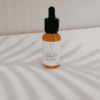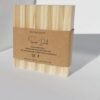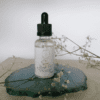Grapeseed Oil
What is grapeseed oil?
Grapeseed oil comes from the seeds that are expelled from grapes during the winemaking process. The seeds are cold-pressed to produce an oil that’s known for its antioxidant and anti-inflammatory properties.
Some people believe that grapeseed oil can be used to treat acne and keep skin glowing. Although the oil does have some unique properties that make it good for your skin, it may not be the most effective treatment option for all acne-related blemishes.
Read on to learn how grapeseed oil works, which types of acne may benefit from it, and how to add it to your skin care routine.
How does it work?
When used as a topical treatment, grapeseed oil can help promote healthy skin on a cellular level.
That’s because grapeseed oil contains vitamin E, beta-carotene, and linoleic acid. These nutrients give the oil antioxidantTrusted Source and antiproliferative properties, helping healthy cells to regenerate and replace aging or damaged cells.
The ability of vitamin E, in particular, to help even skin tone and heal blemishes has been acknowledged by researchers.
Natural oilsTrusted Source that contain high levels of certain fatty acids — like grapeseed — have also been linked to wound healing.
Grapeseed oil may even help fight offTrusted Source acne-causing bacteria.
What types of acne does it work for?
Grapeseed oil might not work the same way for every skin type. How it affects the skin can vary from person to person and even from breakout to breakout.
Active breakouts
If you’re dealing with papules and pustules — the red “zits” that can form on the surface of your skin — grapeseed oil may help clear your breakout.
In addition to reducing redness and inflammation, the oil may promote cell regeneration to help replace damaged skin.
It isn’t considered to be as effective for blemishes that are primarily below the skin, such as:
blackheads
whiteheads
cysts
Acne scars
You can also use grapeseed oil to help reduce the appearance of acne scarring.
Grapeseed oil is rich in vitamin E, which has been shown to help with scars. Some research suggests that you may see results in as little as two weeks if you apply the oil twice a day.
It’s also worth noting that the linoleic acid that’s in grapeseed oil may help speed wounds through the inflammatory phase. This could reduce your risk of scarring.
Overall acne prevention
If you’re prone to breakouts or just want to improve your skin tone, consider grapeseed oil as a first line of defense to keep skin clear.
If your skin has unbalanced oil production — meaning it gets saturated with oil in some areas and stays overly dry in others — grapeseed oil’s linoleic acid can mimic the sebum that your glands naturally produce. This can give your skin a more even, glowing appearance
Older research suggests that decreased levels of linoleic acid can be a direct cause of acne inflammation. In theory, boosting your linoleic acid levels might help reduce your risk for inflammation.
Is it safe for all skin types?
The linoleic acid in the oil can help balance the skin’s natural oil production, making it safe to use for all skin types.
There’s no research to suggest that the oil can have a negative impact on any particular skin tone.
If you’re unsure of whether grapeseed oil is compatible with your skin, talk to your dermatologist. They can answer any questions that you may have.
How to use grapeseed oil
You don’t need to dilute grapeseed oil with a carrier oil. But you do need to do a patch test before use to see how your skin reacts to the oil.
To do this:
Rub a dime-sized amount of oil into the inside of your forearm.
Cover the area with a bandage.
If you don’t experience any inflammation or irritation within 24 hours, it should be safe to apply elsewhere.
If you do experience irritation, rinse the affected area with cold water and discontinue use.
Once you know that you don’t have a grapeseed oil sensitivity, you can use pure grapeseed oil as a topical skin treatment.
Many grapeseed oil fans recommend using it as a night serum — something you can apply to your face and neck area to improve skin tone while you sleep. But there’s no reason you can’t use grapeseed oil in the morning too.
Three to four drops of oil should be enough to cover your entire face. Rub the oil together using the palms of your hands, then apply it to your cheeks, neck, jawbone, forehead, and the area under your eyes, using the upward motion of your palms. If you need more coverage, add one to two more drops.
As with any natural products, we always recommend a patch test 48 hours before use. If irritation occurs, please discontinue use.





